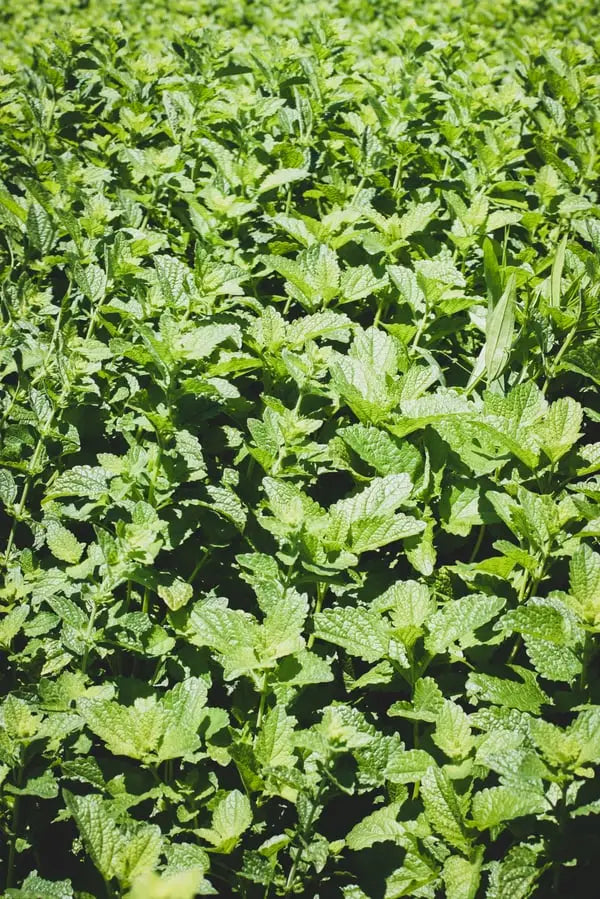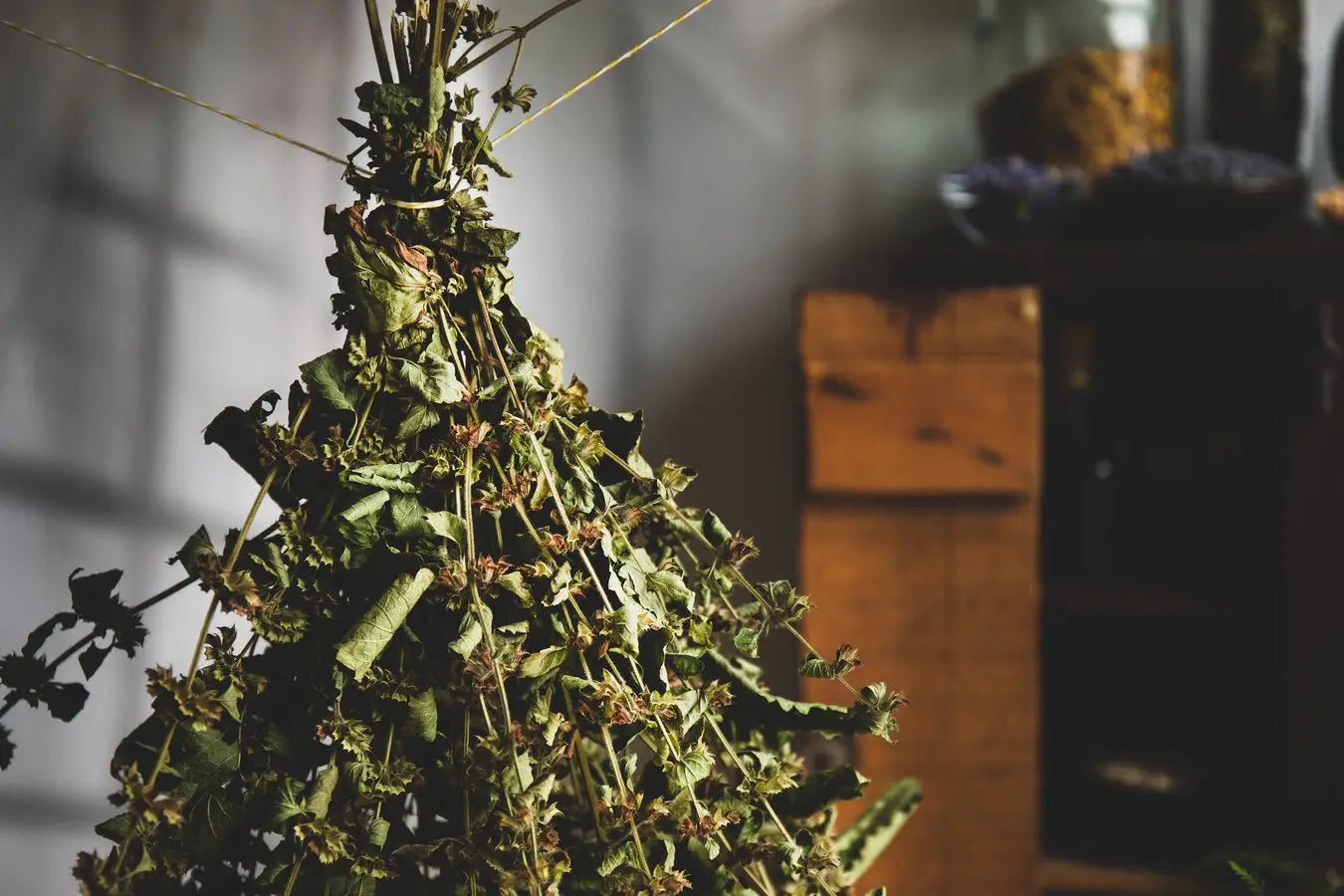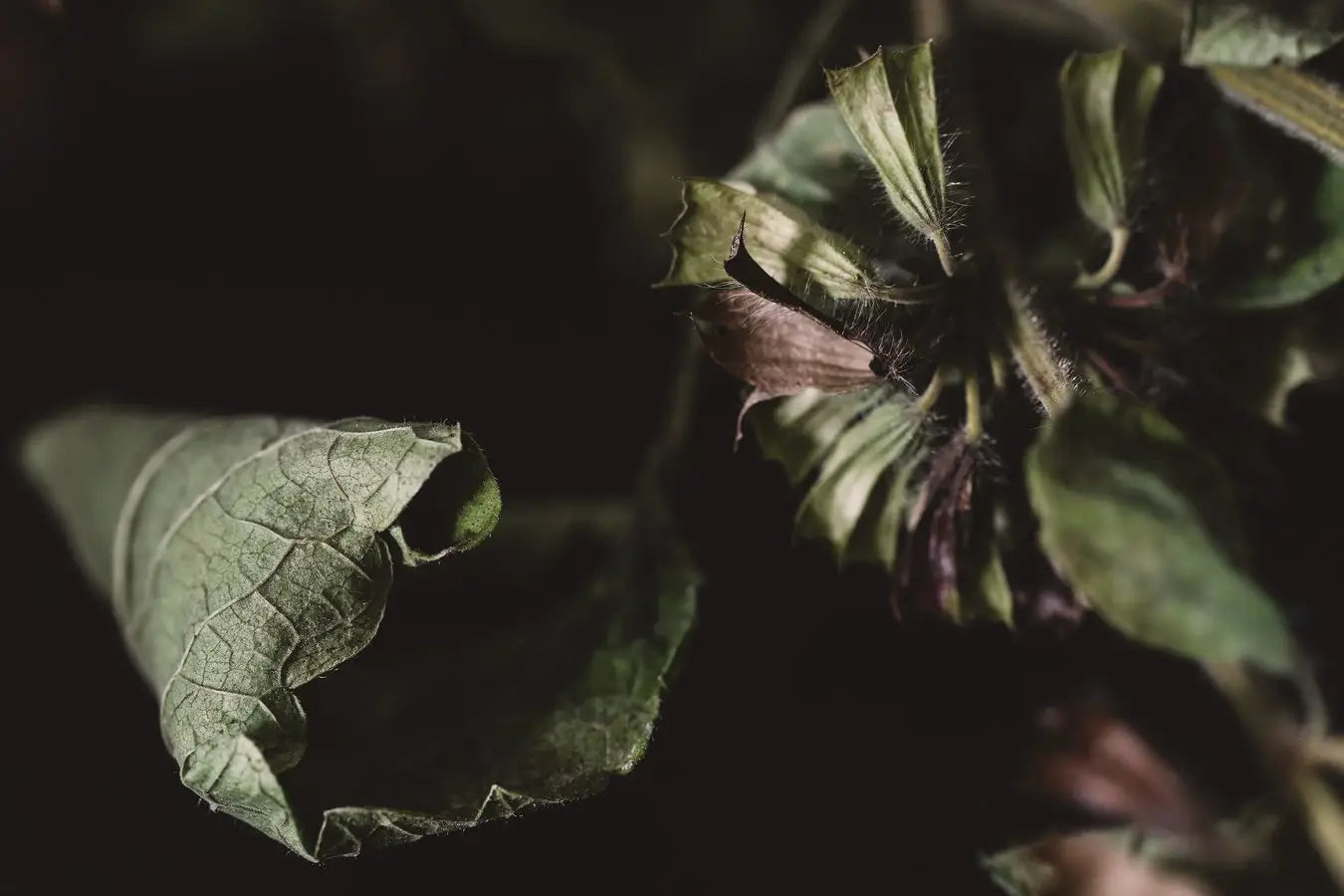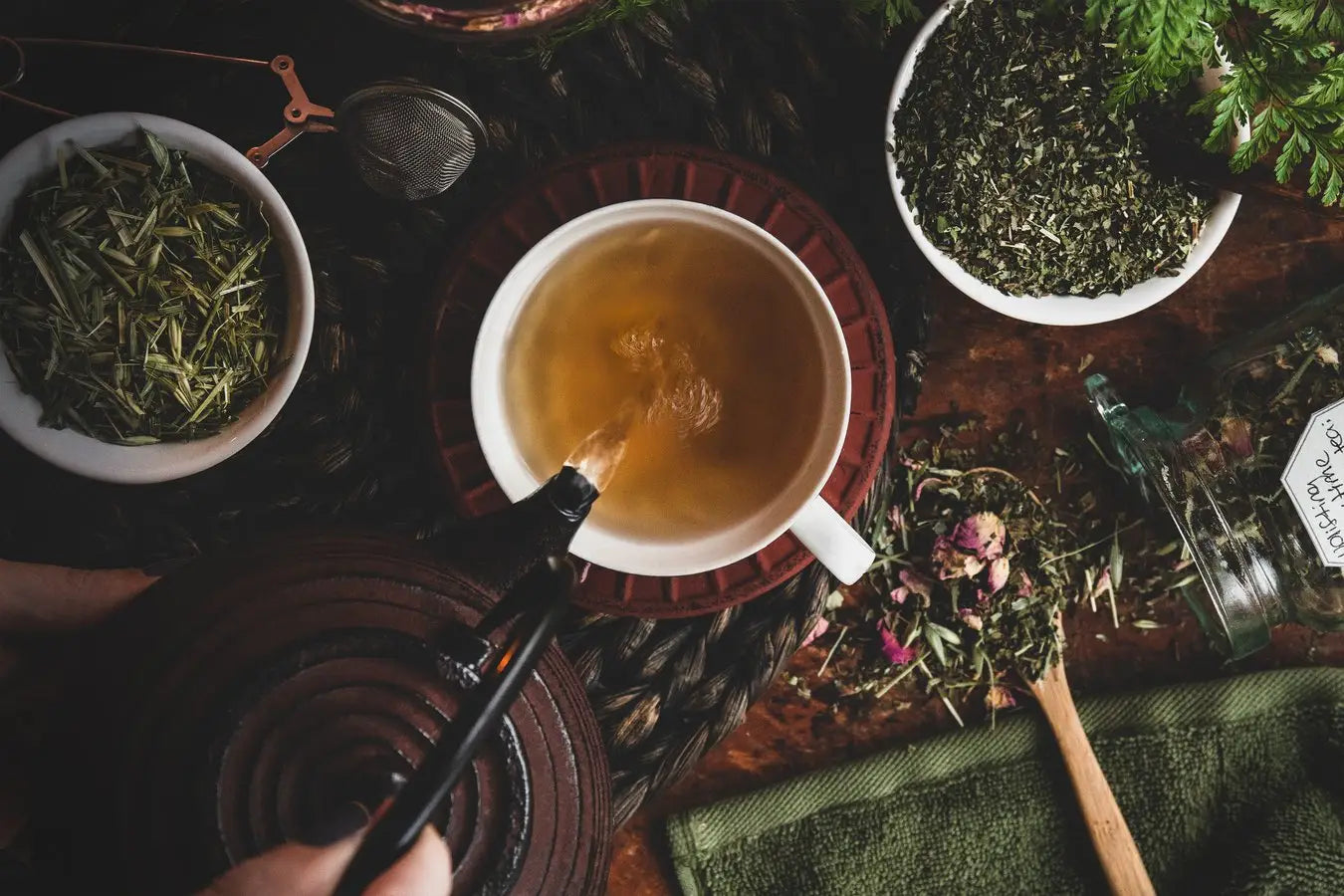In Praise of Lemon Balm
Benefits and History of Lemon Balm + Tea Recipes
Lemon Balm
I’ll admit it, I have some big, sappy feelings about lemon balm. You might even say that I have an herbal crush on the plant, and let’s be honest, I don’t think I’m the only one. This herb tends to evoke that feeling in its fans. We don’t just use lemon balm we also hold a deep and abiding affection for it. When we decided to write blog posts about our favorite herbs, it made me pause and ask myself just what it is about lemon balm that I love so much? I am a creature guided by my gut feelings and intuition. Which can be wonderful, but admittedly, not the most scientific approach. So, I sat down to do some research on my beloved Melissa officinalis.
History
Let’s start with the basics. Lemon balm (Melissa officinalis) is a member of the mint family (Lamiaceae). This sizeable family has over 3,500 members, including some of the most commonly used kitchen herbs, like basil, lavender, oregano, and thyme. The translation of the word Melissa in Greek is honeybee, aptly named since lemon balm is a favorite of our pollinating friends. This lush perennial is native to southern Europe and is known for its robust and aromatic lemony scent and flavor, as well as its numerous uses and benefits. From skincare, to aromatherapy, to herbal preparations, you will find lemon balm everywhere within the natural products and herbalism world. The use of lemon balm is recorded as far as 300 BCE, where it was referred to as “honey leaf” by a Greek scholar named Theophrastus. Mentions of lemon balm pop up throughout history, and it is the main ingredient in Carmelite Water, an alcohol-based extract first created by the Carmelite nuns in the 14th century. During the Tudor period, lemon balm was scattered on floors to freshen rooms with its delightful scent. It’s safe to say that lemon balm’s reputation has been long established as a versatile, delicious, and beneficial herb.
Uses and Actions of Lemon Balm
Herb enthusiasts are familiar with that awkward phase when they are discovering what their herbal allies are. We all react differently to herbs, what works for some (or even many), may not work for you. I was in this phase when I found lemon balm. As an anxious person, prone to feeling down, I was looking for calming and uplifting herbs. When I began to incorporate lemon balm into my regimen, it simply “felt right” (again with the gut feelings and intuition)!
I had the sense that it was giving my frazzled nervous system a calming embrace. Which makes sense because lemon balm is classified as a nervine, meaning it acts on the nervous system to reduce an overactive stress response.* I have heard lemon balm referred to, very fittingly, as a “sunshine herb” by herbalist jim mcdonald. This combination of actions means that it can help to lift spirits while also relieving tension and relaxing the nervous system, in that way it is both stimulating and relaxing.* Rosemary Gladstar also speaks about the gentle mood-lifting properties of lemon balm. Aside from these well-known uses, lemon balm can also be beneficial for digestion, occasional stomach upset, menstrual cramps, headaches, and restless sleep.*
Herbal Preparations with Lemon Balm
Lemon balm’s preparations are as varied as its benefits. In a culinary setting, it is seen in jams, salads, fish and poultry dishes, liqueurs, simple syrups, and infused honeys. For herbal preparations, you can enjoy lemon balm as an extract, but it is most commonly enjoyed as an infusion.
Teas
Lemon balm’s bright, lemony flavor makes it a wonderful addition to many herbal teas. It is always fun to activate your creativity by concocting your own tea blends. Lemon balm pairs well with the herbs listed below:
- Peppermint leaf
- Spearmint leaf
- Oatstraw
- Oat tops
- Rose petals
- Lavender flowers
- Lemon verbena
- Skullcap
- Elder flowers
- Marshmallow leaf
-
Linden leaf and flower
For even more of a lemon balm zing, try using lemon balm simple syrup or infused honey to sweeten your teas. A few squirts of lemon balm extract will also enhance the health benefits of your concoctions. I love to make herbal teas with lemon balm. I have included a couple of blends that I enjoy below.
UPLIFTING LEMON BALM TEA FOR DAYTIME
Ingredients
- 1 part organic lemon balm
- 1 part organic oatstraw
- 1 part organic peppermint
- 1/2 part organic nettle leaf
- A sprinkle of organic rose petals
- A sprinkle of organic elderberries
RELAXING LEMON BALM TEA FOR BEDTIME
Ingredients
- 2 parts organic lemon balm
- 2 parts organic passionflower
- 1 part organic oat tops
- 1 part organic chamomile
- A sprinkle of organic lavender flowers
- A sprinkle of organic elderberries
Directions:
- Blend all ingredients together. Place 1-3 teaspoons of the blend in a tea strainer, tea filter, or other tea accessory of choice.
- Pour freshly boiled water over the blend and let steep for at least 5 minutes, or longer to taste.
Pro Tips
- Experiment with different herbs and ratios! What are your herbal allies? Try including them in these blends.
- You can also use your tea blends to create stronger herbal infusions by allowing your herbs to soak in the warm water for several hours before straining out the plant material.
- If you aren't familiar with measuring in parts, this blog is a helpful guide!
Growing Lemon Balm
Lemon balm grows abundantly in many climates and makes a great companion plant in the garden. Try planting some at home for plentiful access to this lovely plant. Like most herbs, the fresher it is, the better! If you find yourself with a copious amount of fresh lemon balm in the yard, consider how many different ways it can be used around the house. You could even take a tip out of the history books and distribute freshly picked lemon balm around your home to add its cheery scent to the space.









Leave a comment